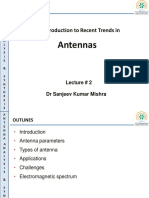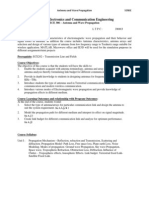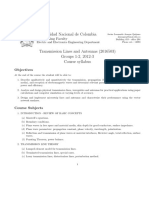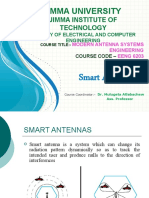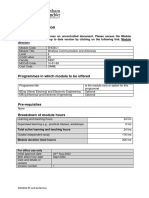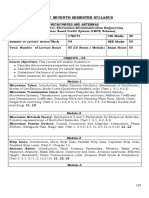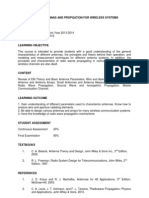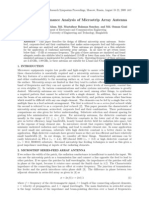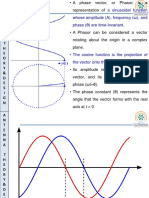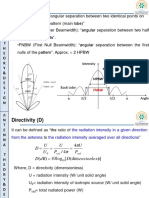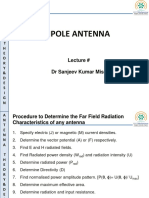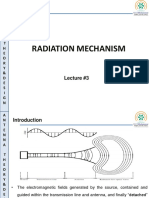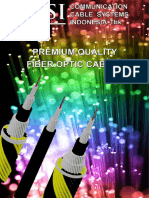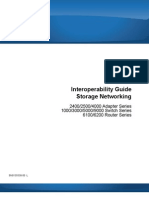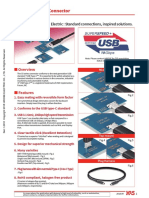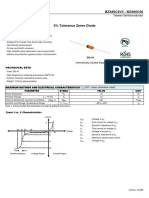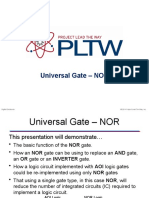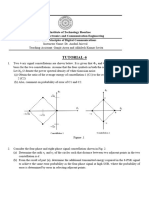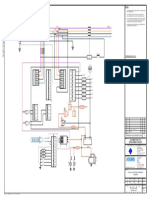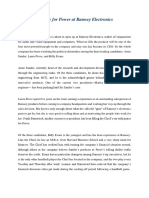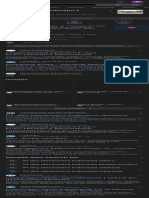0% found this document useful (0 votes)
91 views14 pagesAntenna Theory: Analysis & Design
This document provides an introduction to a lecture on antenna theory, analysis, design and characterization. It discusses types of communication systems and components. It introduces wireless communication systems like cellular, satellite, UWB and topics that will be covered in the course like wire antennas, microstrip antennas, antenna arrays, and novel antenna concepts. The document outlines the scope, syllabus, pre-requisites, and mark distribution for the course.
Uploaded by
Meghna PatnaikCopyright
© © All Rights Reserved
We take content rights seriously. If you suspect this is your content, claim it here.
Available Formats
Download as PDF, TXT or read online on Scribd
0% found this document useful (0 votes)
91 views14 pagesAntenna Theory: Analysis & Design
This document provides an introduction to a lecture on antenna theory, analysis, design and characterization. It discusses types of communication systems and components. It introduces wireless communication systems like cellular, satellite, UWB and topics that will be covered in the course like wire antennas, microstrip antennas, antenna arrays, and novel antenna concepts. The document outlines the scope, syllabus, pre-requisites, and mark distribution for the course.
Uploaded by
Meghna PatnaikCopyright
© © All Rights Reserved
We take content rights seriously. If you suspect this is your content, claim it here.
Available Formats
Download as PDF, TXT or read online on Scribd
/ 14
